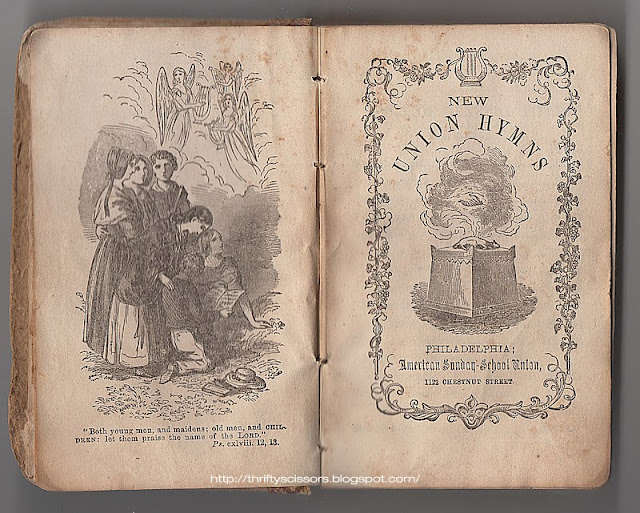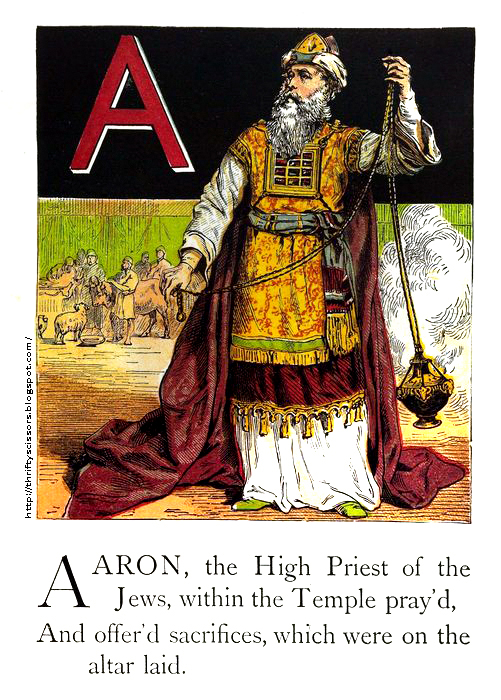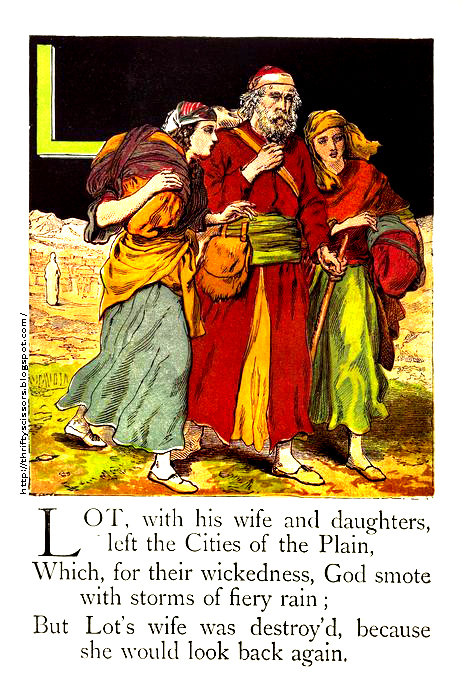Grandma's Prayer
Each evening when I say my prayer,
I kneel at Grandma's knee;
And Grandma always bows her head,
And folds her hands like me.
I thank Him for his loving care,
As all dear children should:
And ask Him for His tender grace,
To help me to be good.
And Oh. He hears my prayer I know.
And keeps from me each harmful foe.
Then Grandma says a little prayer,
As soon as I am through;
I fold my hands and bow my head,
And try to join in too.
And Oh, the words seem brimming full
Of faith and love most sweet,
Although it is a simple prayer.
And easy to repeat.
Just: "Father, guard me through the nigh'
And keep me safe 'till morning light."
Now Grandma prays, I'm very sure,
A dozen times a day;
I often linger near her door.
To hear what she might say.
She asks Him for enough of strength
To help her bear her load:
And pleads that He will hold her hand,
As she toils on the road.
And that He hears and gives her grace,
We know it by her peaceful face.
But Oh, I think the sweetest prayer
I ever heard her pray.
Is that brief one she says with me.
At closing of the day.
It seems to me 'tis good enough
To whisper when you die;
And all the angels bright would bend
To listen from the sky,
To "Father guard me through the night,
And keep me safe 'till morning light."
Each evening when I say my prayer,
I kneel at Grandma's knee;
And Grandma always bows her head,
And folds her hands like me.
I thank Him for his loving care,
As all dear children should:
And ask Him for His tender grace,
To help me to be good.
And Oh. He hears my prayer I know.
And keeps from me each harmful foe.
Then Grandma says a little prayer,
As soon as I am through;
I fold my hands and bow my head,
And try to join in too.
And Oh, the words seem brimming full
Of faith and love most sweet,
Although it is a simple prayer.
And easy to repeat.
Just: "Father, guard me through the nigh'
And keep me safe 'till morning light."
Now Grandma prays, I'm very sure,
A dozen times a day;
I often linger near her door.
To hear what she might say.
She asks Him for enough of strength
To help her bear her load:
And pleads that He will hold her hand,
As she toils on the road.
And that He hears and gives her grace,
We know it by her peaceful face.
But Oh, I think the sweetest prayer
I ever heard her pray.
Is that brief one she says with me.
At closing of the day.
It seems to me 'tis good enough
To whisper when you die;
And all the angels bright would bend
To listen from the sky,
To "Father guard me through the night,
And keep me safe 'till morning light."

.jpg)































